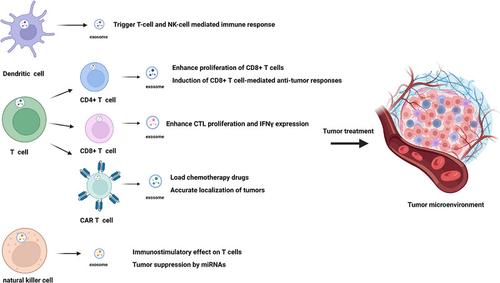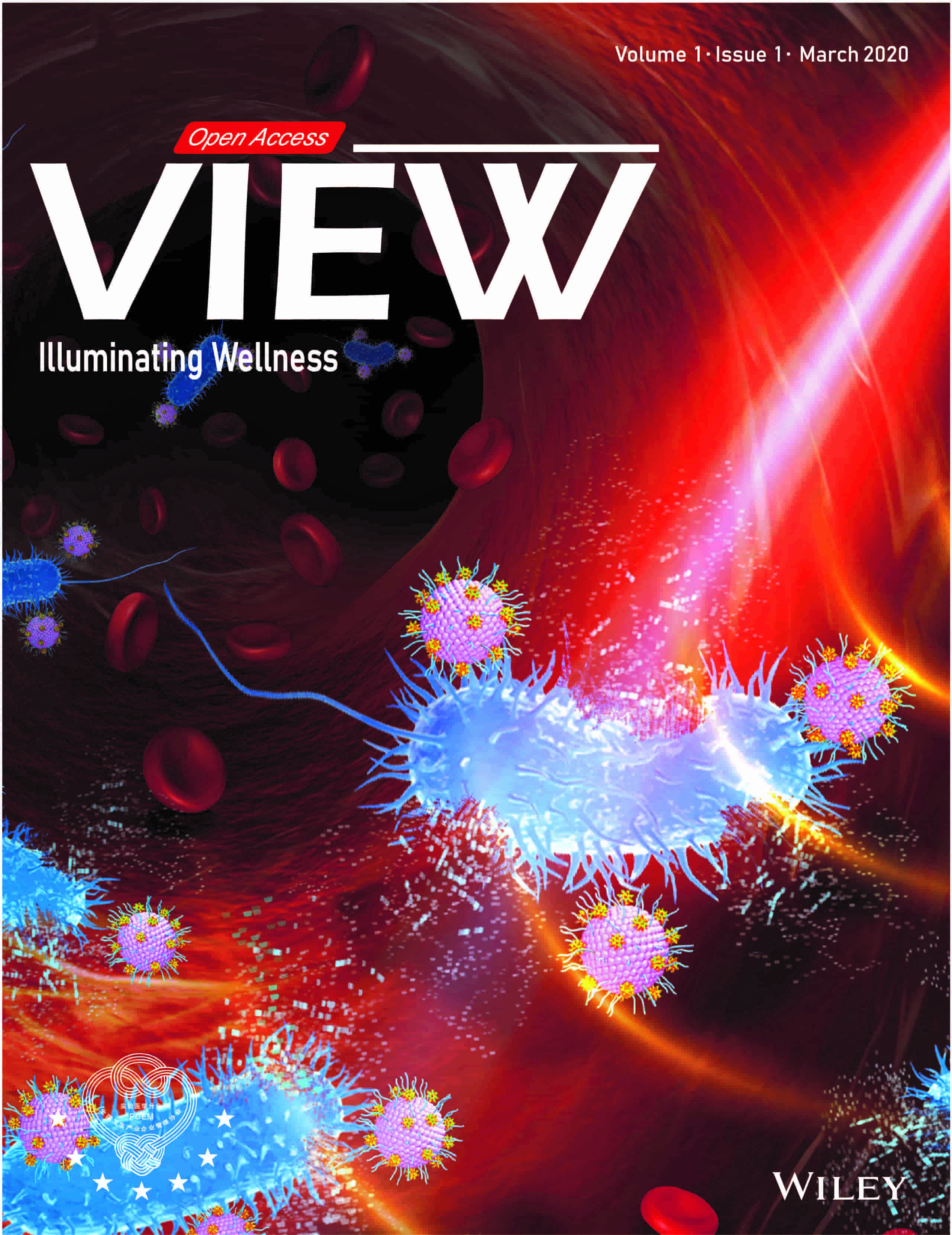Exosomes of immune cell origin and their therapeutic potential for tumors
IF 8.5
4区 医学
Q1 MATERIALS SCIENCE, BIOMATERIALS
引用次数: 0
Abstract
Exosomes are nanoscale membrane vesicles identified by electron microscopy in 1946. They are approximately 30–150 nm in size. Originally, exosomes were thought to be used to eliminate excess components from cells to maintain their normal physiology. Later, it was found that the function and targeting of specific cellular components in exosomes have important implications for the regulation of cellular communication. In the last few years, exosomes have been linked to tumors, infections, and other diseases. New advances in cancer immunotherapy have occurred as a result of the identification of exosomes of immune cell origin, expanding the existing anticancer immune response. This article details exosomes derived from dendritic cells, T lymphocytes (CD4+ T cells, CD8+ T cells, and CAR-T cells), natural killer cells, and their promising applications in tumor therapy.

免疫细胞外泌体及其对肿瘤的治疗潜力
外泌体是 1946 年通过电子显微镜确定的纳米级膜囊泡。它们的大小约为 30-150 纳米。最初,外泌体被认为用于清除细胞中多余的成分,以维持细胞的正常生理功能。后来,人们发现外泌体中特定细胞成分的功能和靶向性对细胞通讯的调节有重要影响。最近几年,外泌体与肿瘤、感染和其他疾病有了联系。由于发现了免疫细胞来源的外泌体,癌症免疫疗法取得了新的进展,扩大了现有的抗癌免疫反应。本文详细介绍了源自树突状细胞、T 淋巴细胞(CD4+ T 细胞、CD8+ T 细胞和 CAR-T 细胞)、自然杀伤细胞的外泌体及其在肿瘤治疗中的应用前景。
本文章由计算机程序翻译,如有差异,请以英文原文为准。
求助全文
约1分钟内获得全文
求助全文
来源期刊

VIEW
Multiple-
CiteScore
12.60
自引率
2.30%
发文量
0
审稿时长
10 weeks
期刊介绍:
View publishes scientific articles studying novel crucial contributions in the areas of Biomaterials and General Chemistry. View features original academic papers which go through peer review by experts in the given subject area.View encourages submissions from the research community where the priority will be on the originality and the practical impact of the reported research.
 求助内容:
求助内容: 应助结果提醒方式:
应助结果提醒方式:


